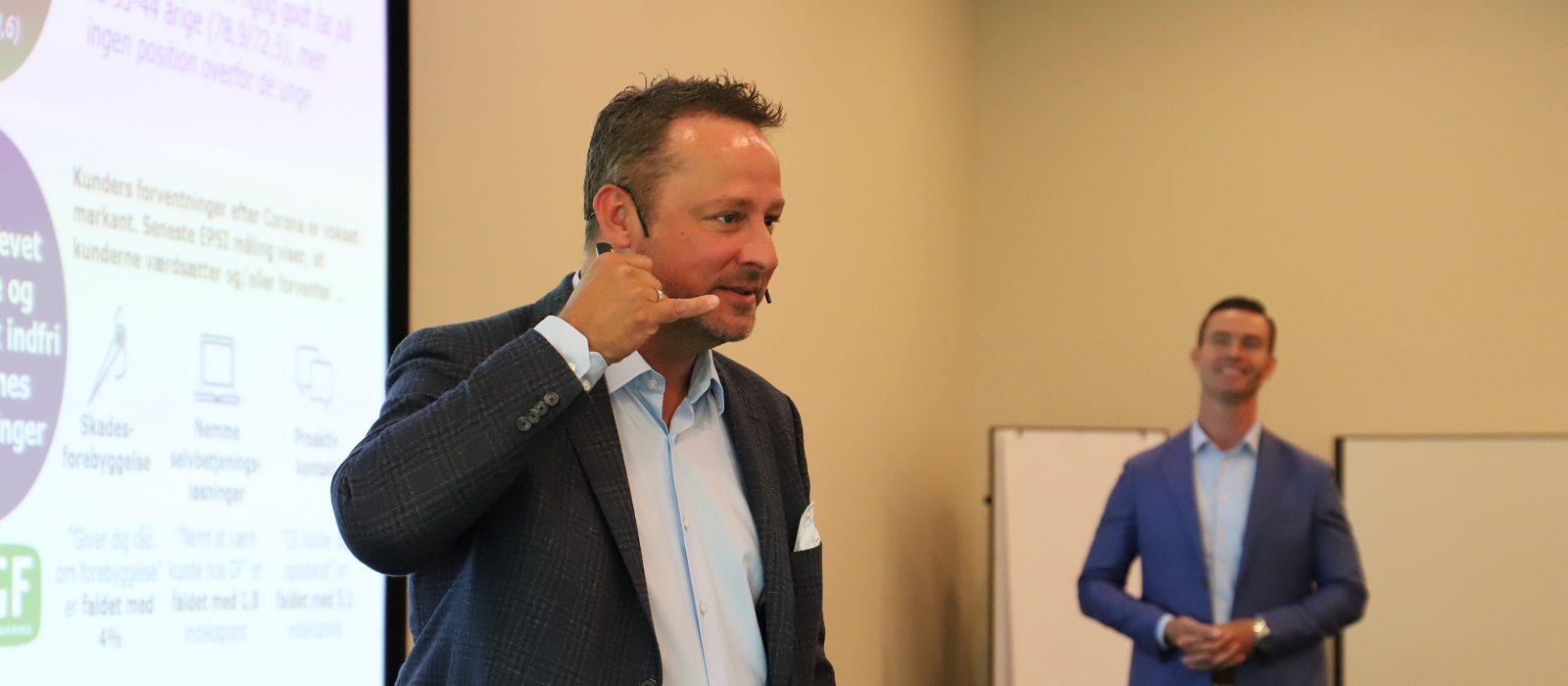China, one of the largest and the fastest growing of the insurance markets, grew by 188% in the last seven years, by catering mostly for the needs of its middle class and High Net Worth (HNW) individuals. But what about the needs of the county’s billion-plus other citizens? Well, following my recent trip to Beijing I have returned with good news….
In February 2015 the Chinese Government passed a new law allowing the set-up of mutual insurers. It is great news for the global mutual sector that the fourth largest insurance market is now permitting mutuals to be established. I was visiting China to speak at a one day training seminar on mutual insurance organized by the Insurance Association of China (IAC) and I was joined by Thierry Weishaupt, Head of International Cooperation, from MGEN, one of France’s largest health mutuals and an ICMIF member.
Until now the mutual sector has been excluded from the Chinese insurance sector’s growth, but not anymore. So, why the sudden change of heart by the Chinese Government?
It would be nice to think that ICMIF’s recent influence work has reached as far as China and that the lobbying work that Jean-Louis Davet, CEO, of ICMIF member and major French health insurer MGEN has done in China recently has had a positive effect. Maybe this is true, but, I believe, it is also due to the Chinese reaching the conclusion that mutual insurance could solve some of their economic and social issues as the purpose of mutuals is primarily to meet the needs of their members rather than achieve a return on investment.
The social issues around funding healthcare; an aging population; the increasing natural disasters through the effects of climate change; and poverty alleviation in the rural areas of China have, I believe, all contributed to the decision to open the market to mutual insurers as a potential solution. The market penetration of insurance (premiums as a % of GDP) is still very low in China (3.3%) and similar to that of India but less than half of the OECD country average of 8%. A reflection, I believe, that insurance companies in China have catered for the middle market and the growing high-net-worth (HNW) customers but not the majority of the lower income population so far. Perhaps the Chinese regulator now sees the possibility that mutual insurance could be used to protect all the citizens of China?
It could be that as China moves away from state control to a more market-led economy that the inclusive mutual form of insurance business is more acceptable to the Communist Party leaders than the shareholder-driven model catering to the middle to HNW individuals. It could be that the government is looking to relinquish control of the large Chinese insurers such as Ping An, China Life and PICC, that are still majority government-owned and they feel that mutualising them, rather than turning them over to the market and potentially being acquired by foreign insurers, is more acceptable. I did suggest this openly to the Chinese regulator (Chinese Insurance Regulatory Commission or “CIRC”) and it was clear they had not considered this. In fact, the suggestion came as a shock to them. But why not? Given that the trend is now towards mutualisation.
Whatever the reason we are delighted that China is now opening up for mutual insurers. The big challenge now is to share our knowledge on mutuality and what the benefits are compared to the shareholder model.
I was very impressed by the people we met during our trip and the level of knowledge they had gained on our sector in such a short timeframe. During the IAC training seminar our presentation took about 90 minutes but the real debate came in the two hours of questions that followed. The great questions from the audience showed the high level of engagement but also the level of research many of the potential mutual businesses had already put in. The questions mostly focused on the difference between the shareholder model and the mutual model but touched on all areas of running a successful insurance business.
We also had the opportunity to meet with the Chinese Insurance Regulatory Commission (CIRC) and they asked many detailed questions on the workings of mutual insurers, how to regulate them and most importantly what the key points are to consider in the business plans of a potential mutual. It is CIRC’s responsibility to approve the new mutual licenses so a lot rests on their shoulders and we were glad to be able to offer assistance. The willingness to work with us at the approval stage shows what an enlightened regulator the CIRC is.
Whilst in China we also met with some of the 30 applicants for the mutual licences that potentially will be approved later this year. They were all very different and at different stages of developing their mutual plans. We met the leadership team from Trust Mutual who have the backing both financially and technically of Alibaba (China’s version of Amazon/eBay) who have 500 million customers in China. We meet with Coop China who have 2.3 million farming members in China and want to start banking and insurance business for their members. They hadn’t been aware of the mutual law change so were grateful to have attended the seminar which enabled them to move their thinking and project on significantly. We also met some of the young innovators who want to use the internet to create mutual insurance businesses and virtual affinity groups. They were all very excited and very keen.
I believe that in just a few days, and during the many meetings that Thierry and I had, we were able to help the would-be mutualists understand the values and passion required, as well as the quality of leader it takes, to run a mutual. This certainly won’t be the last seminar we attend in China for new mutuals but it did feel like we had already helped break down many barriers and that China was now the new frontier for mutuals.





